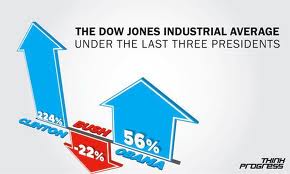The message of these two responses clearly shows the questioning the Government that exists from the political. The Government has failed to adequately address issues of high sensitivity to the population and this has generated large resistances that have come to the end in the events which occurred in the month of June. The social conflicts of the last time also have been reflected in the vision of the respondents. Only 21.3% of respondents view the current political situation as stable. A 57.3% looks very stable and a 21.2% nothing stable.
The level of volatility of the political situation perceived by respondents increases as low in the social stratum, reaching that only 9.1% of the population of lower income sees the political situation as stable. Regarding prospects on the social situation, 34.5% believed that the political situation will be worse. For assistance, try visiting Oracle . In July 2008, 34.7% of respondents anticipated a deterioration of the political situation by what the current percentage does not represent aggravation of the negative view. The social unrest of the population has been feeling increasingly more forcefully. The most striking is that the protests increase at the same time that the economic situation is improving (although it has not done so in recent months product from the international financial crisis). While it has increased the level of inequality, it is also true that it has diminished the level of poverty. In relation to the above, the survey shows that 58.3% of the respondents considered that there was political manipulation in the social protests and that they have not been spontaneous. Clear that if look at the survey by social stratum, the poorest, who very probably participated in these protests, considered by 50% that they have been spontaneous, while at the other end of the social strata, the rich think that 72.3% responded to political manipulation. The conclusion about the social protests of great importance when it comes to infer about the level of social stability in Peru (key for the development of investments), is that the result is a bit ambiguous since on the one hand, one can think that the response of the upper social strata responds to better informed citizens and knowledgeable about policy issues, so they have greater capacity to identify if there was manipulation or not.
